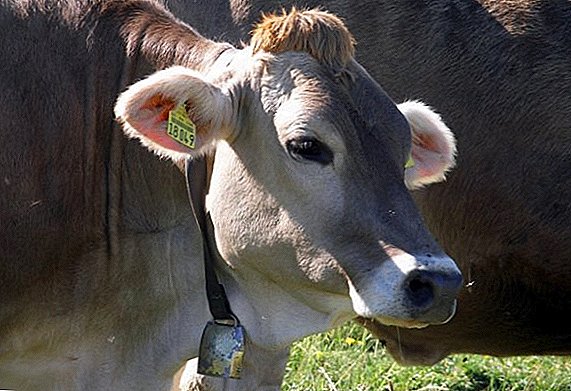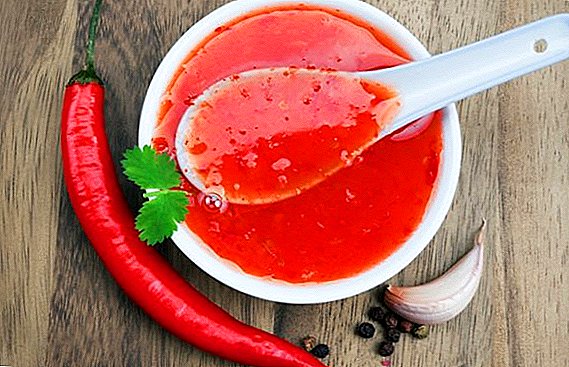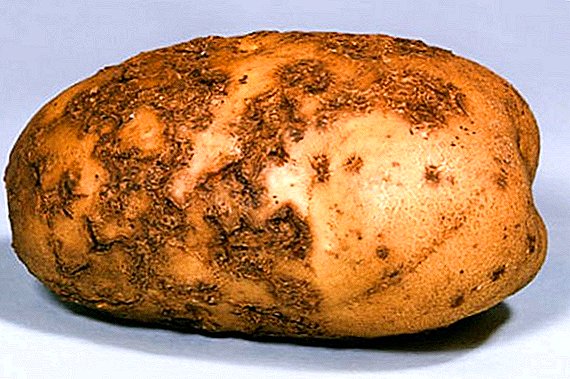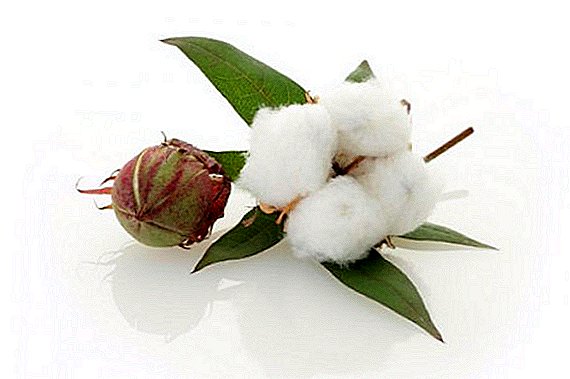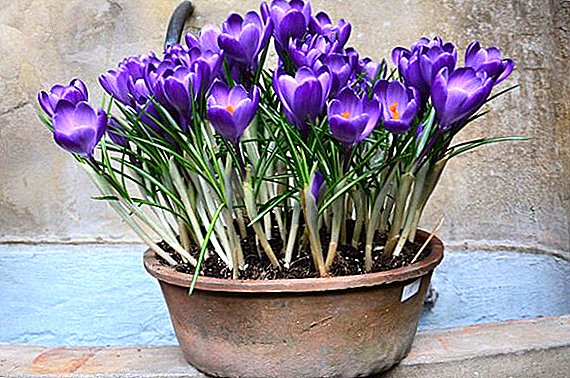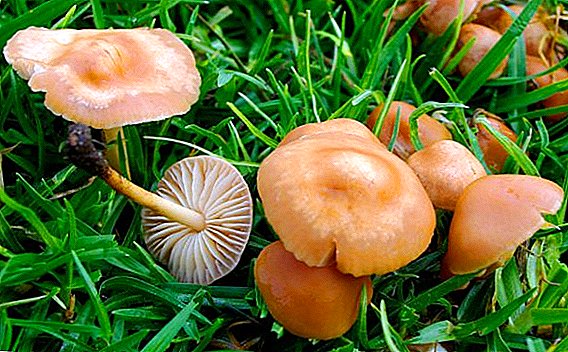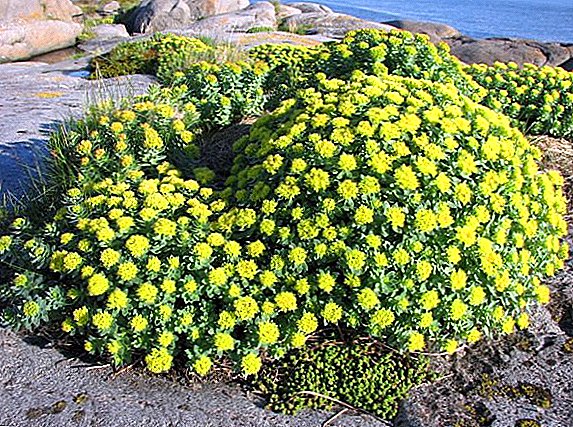 Rhodiola rosea, which is better known as the "golden root" is a medicinal plant, similar in its healing properties to ginseng. Preparations made on the basis of this plant have become a great achievement in medical practice and have a large spectrum of therapeutic action.
Rhodiola rosea, which is better known as the "golden root" is a medicinal plant, similar in its healing properties to ginseng. Preparations made on the basis of this plant have become a great achievement in medical practice and have a large spectrum of therapeutic action.
Description
Rhodiola rosea is a perennial herb of the Crassulaceae family. There is an opinion that it received its second name "golden root" due to the unusual color of the rhizome: bronze with mother of pearl. Drug grass is listed in the Red Book of the Russian Federation, the distribution area - a country with a temperate and cold climate. The list includes England and Ireland, North America, the mountainous regions of Altai, the Pyrenees and the Alps, the Carpathians, in Russia: the Urals and the Arctic, Siberia, the Far Eastern Region and Yakutia.
The plant is succulent, dioecious, grows up to 40 cm in height. It has one central powerful root with several thin branches. Stems are usually several, thick and durable. On them are fleshy leaves, alternate, sessile. The shape of the leaves can be oblong, similar to an ellipse, pointed in the form of a triangle. Sheet plate on the edge either smooth or with fine teeth.
In June-July, Rhodiola blooms with lush inflorescences of the thyroid, with numerous yellow flowers. The little flowers have four to five petals.
Toward August ripen fruits - mnogolistovki red.
Rhodiola rosea is a close relative of the stonecrop (large, prominent, purple), bollard, kalanchoe.

Chemical composition of the plant
The parts of the golden root (underground and aboveground) contain:
- Organic acids: oxalic, apple, amber, lemon.
- Trace elements: manganese, silver, zinc, copper, phosphorus, iron, magnesium, chromium.
- Aromatic compounds: Rosavin, cinnamon alcohol.
- Carbohydrates: fructose, sucrose, glucose.
- Essential oil (cinnamic aldehyde, phenylethyl alcohol, geranyl acetate and other components).
- Steroids.
- Tannins.
- Alkaloids.
- Phenol carboxylic acids: gallic and coffee.
- Flavonoids.
- Coumarins.
Did you know? For the first time, the chemical composition of a medicinal plant was examined by the Soviet Siberian scientist A.S. Saratnikov in 1948. This was the starting point in the recognition of the golden root as a raw material for pharmacology and put it on a par with Eleutherococcus, Ginseng and Aralia.

Beneficial features
Through numerous studies and experiments conducted in animal laboratories in foreign countries and in the CIS, it was concluded that the golden root has the following properties:
- tonic;
- soothing;
- antibacterial;
- anti-cancer;
- stimulating;
- antipyretic;
- anti-allergic;
- wound healing;
- tonic;
- rejuvenating
Important! Rhodiola rosea has many useful properties, but you should not engage in self-treatment, as the plant has contraindications. The purpose of the drug and the calculation of the dosage should determine the doctor.
 Plant components can increase the protective function of red blood cells, which greatly increases the resistance of the nervous system to stressful situations. Plant-based drugs activate the production of glucose and oxygen in the blood, which improves brain function and concentration, relieves mental and physical fatigue, providing the body with reserve forces.
Plant components can increase the protective function of red blood cells, which greatly increases the resistance of the nervous system to stressful situations. Plant-based drugs activate the production of glucose and oxygen in the blood, which improves brain function and concentration, relieves mental and physical fatigue, providing the body with reserve forces.Rhodiola rosea is able to normalize pressure, increase the elasticity of the walls and the patency of blood vessels, reduce migraine pain.
Plant components have an antimicrobial effect on staphylococcus bacteria, gonorrhea bacillus, leveling the formation of cancer cells.
Rhodiola rosea extract is effectively used to relieve alcohol addiction, smoking, and drug (opium) addiction.
To get rid of alcohol addiction, they also use maral root and acacia honey.Medical indications of drugs based on medicinal root:
- neurasthenia, hysteria, schizophrenia;
- chronic fatigue;
- vegetative vascular dystonia;
- impotence and other disorders in the work of the genitals;
- hypotension;
- infectious diseases;
- allergy;
- radiation damage;
- during the rehabilitation period after fractures;
- overcooling and overheating;
- pulmonary tuberculosis;
- dermatological diseases;
- prostate cancer;
- vision and hearing problems;
- polycystic ovaries;
- mastopathy;
- early menopause and many others.
How to use Rhodiola rosea
Rhodiola rosea is used in folk medicine in the form of decoctions, infusions, lotions and compresses externally. Juice plants treat inflammation of the gums, conjunctivitis, boils and boils, it cleans wounds. Broths are used to rinse with diseases of the throat.
Infusion
Infusion is used with a cold. To prepare it, take 15 g of dried root, pour 300 ml of boiling water, leave for four hours, wrapped tightly. Take the infusion half an hour before meals, three times a day for half a cup.
Tincture
Rhodiola rosea in the form of tincture helps with hypotension. For tincture, you need to take 50 g of crushed roots, pour two glasses of vodka and insist, periodically shaking the container, for two weeks in a dark place. At first, they drink 5 drops three times a day, half an hour before meals, then gradually increase the dose to 10 drops.
For hypotension, they use arrows of garlic, bee pollen, medicinal verbena, calendula, hyssop, hazelnuts.

Decoction
Broths help in the treatment of diseases of the cardiac system, strengthen blood vessels, increase the elasticity of their walls. The use of decoctions helps with diseases of the thyroid gland, anemia and high blood sugar. Rinsing decoction relieves toothache, while rubbing the face with inflammation and irritation.
To prepare a liter of boiling water put a teaspoon not a full spoonful of chopped root, boil for 10 minutes. Then leave to brew for an hour, after filtering. On the day you can drink up to two glasses, like tea.
Strengthen vessels basil and black currant, garlic, chokeberry, pistachio, goat willow, cornel, rokambol, arugula.
Tea (collection)
Tea collection immunity enhancing:
- 20 g of Rhodiola root;
- 15 g of hawthorn fruit, zamaniha root and rosehips;
- 15 g nettle leaves;
- 10 g of Hypericum.

Harm and contraindications
The root of Rhodiola rosea, despite its medicinal properties, has and contraindications:
- nervous overexcitement;
- hypertension;
- heat;
- pregnancy and lactation.
Important! In children under the age of 12 years, a drug based on Rhodiola root can cause vomiting and skin rash, they are not recommended to give the drug.
Preparation of medical raw materials
As a raw material for drugs using the roots of the plant. Harvest them in August, carefully digging out of the ground. The rhizome is cleaned, and then washed from adhering soil particles, remove the rotted parts and brown brow. The root is cut into pieces 10 cm long, cut along its length. Then the raw material is dried at a temperature of 50-60 ° C in special dryers, or spreading on thick paper under a canopy. The prepared raw material is folded into paper or cloth bags, they are not stored for more than three years.
Today, the golden root is a success in landscape design, its decorative appearance can decorate any corner of the garden. It is not difficult to grow it, but the benefit is double or even triple: the decoration of the plot, the medicine (the first-aid kit) and the preservation of a rare plant in nature today.


